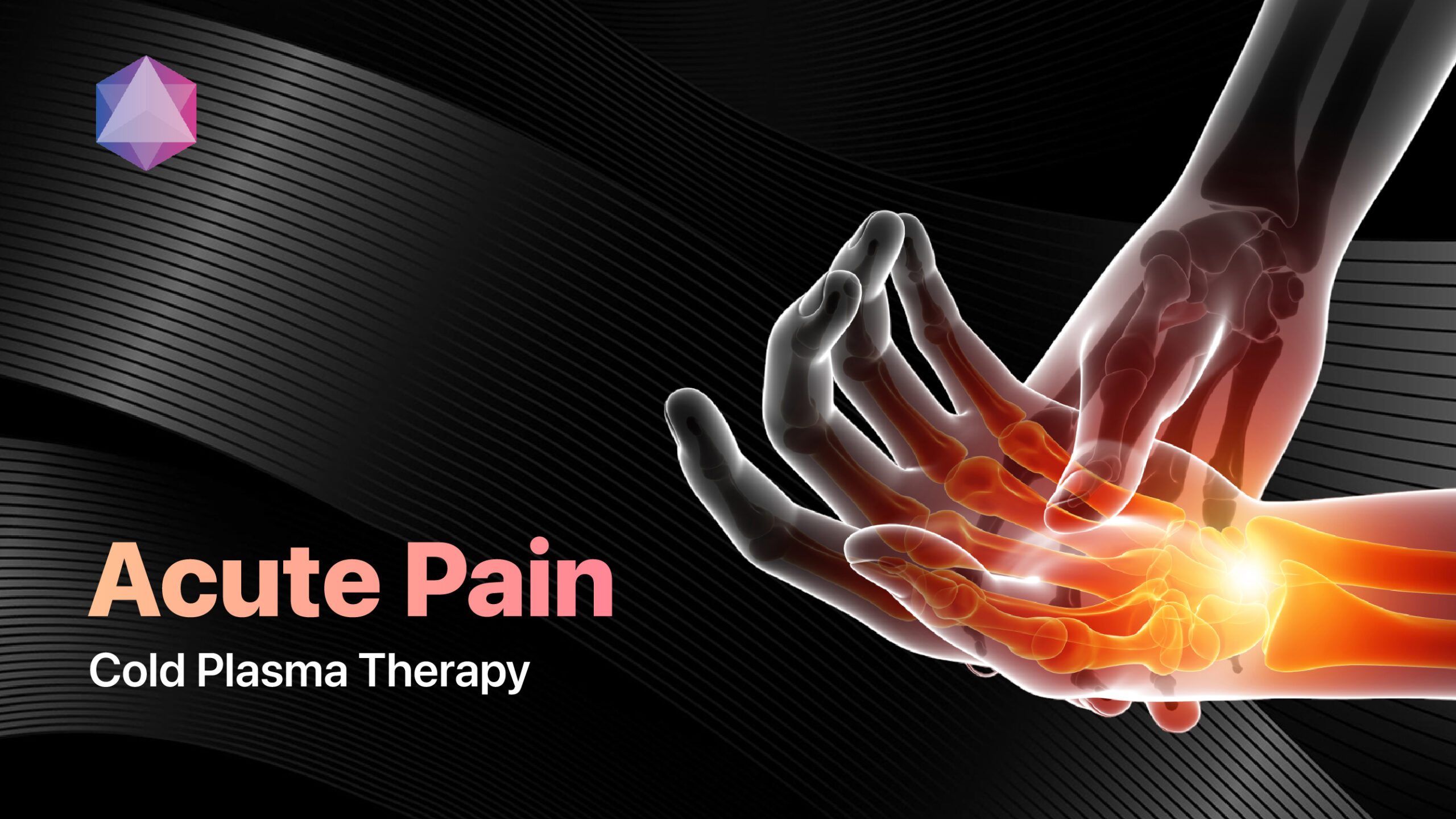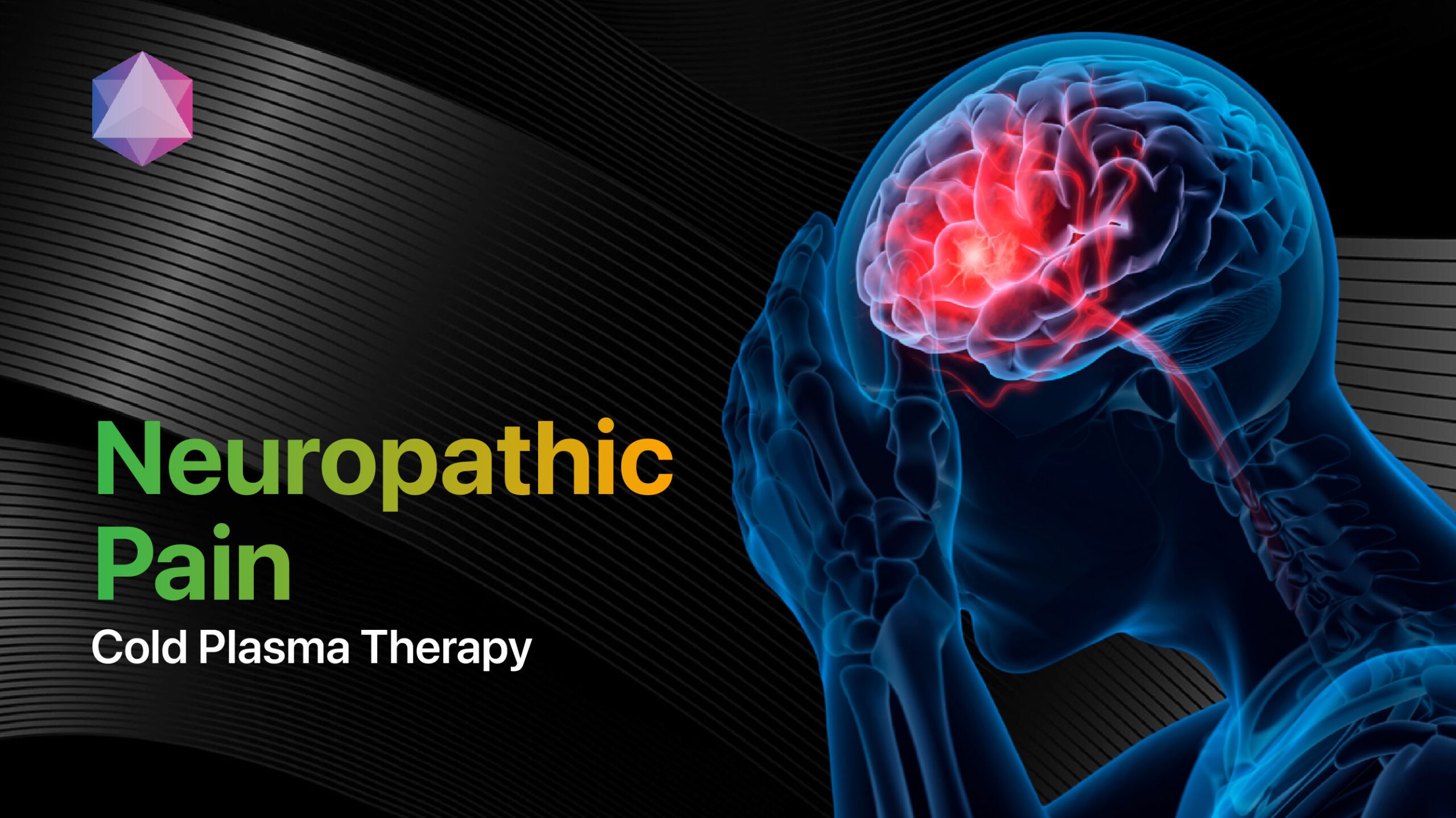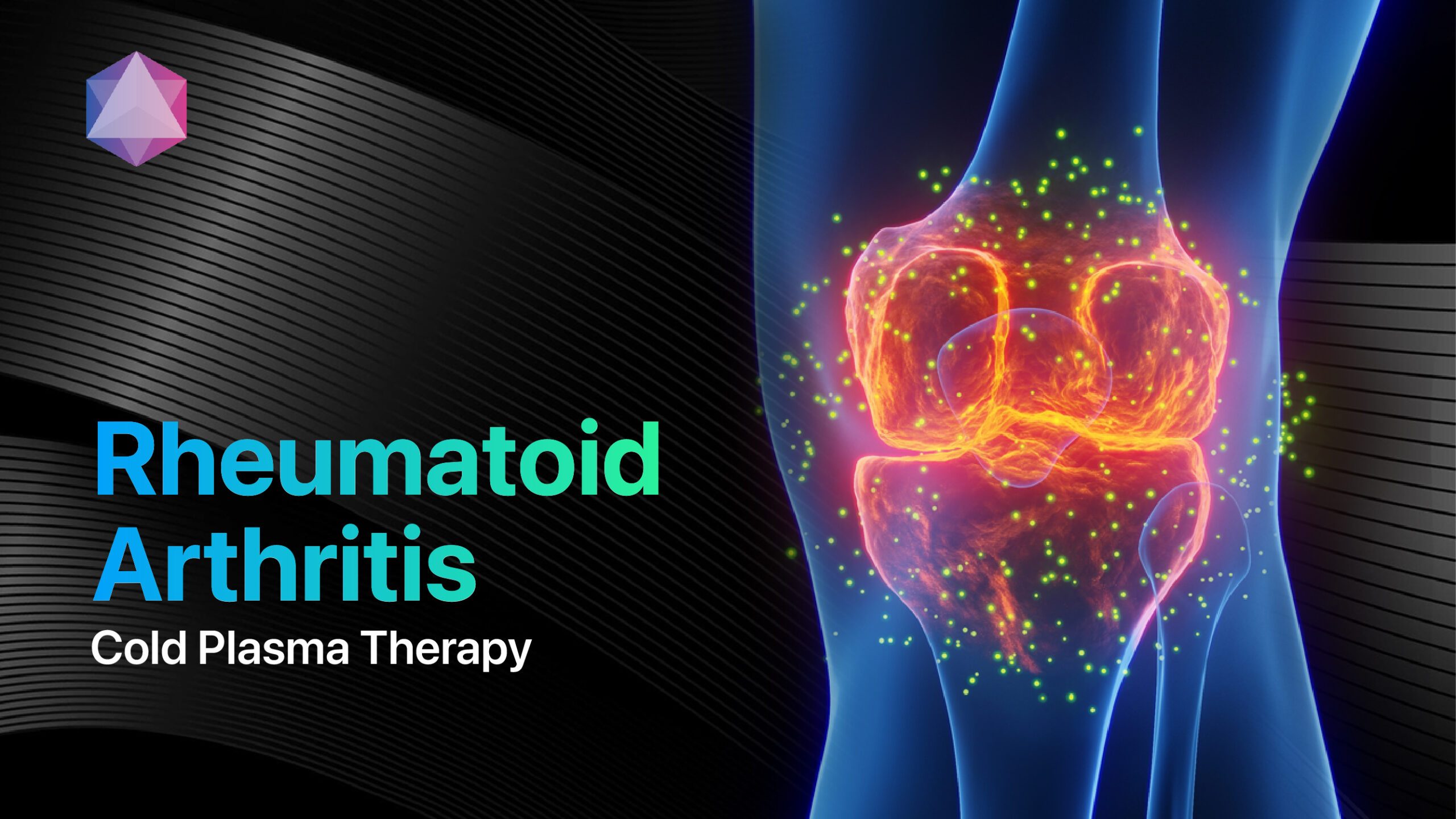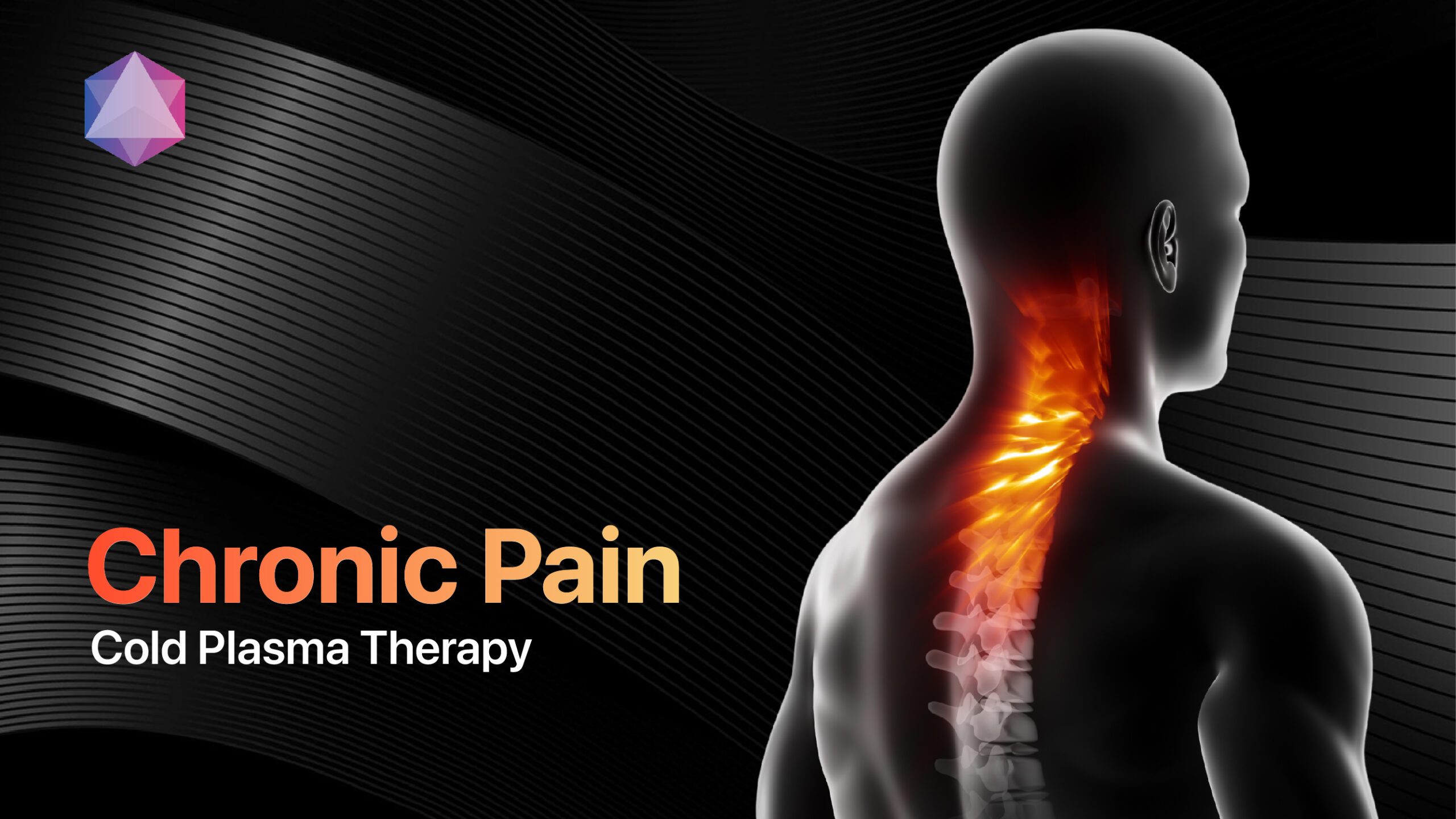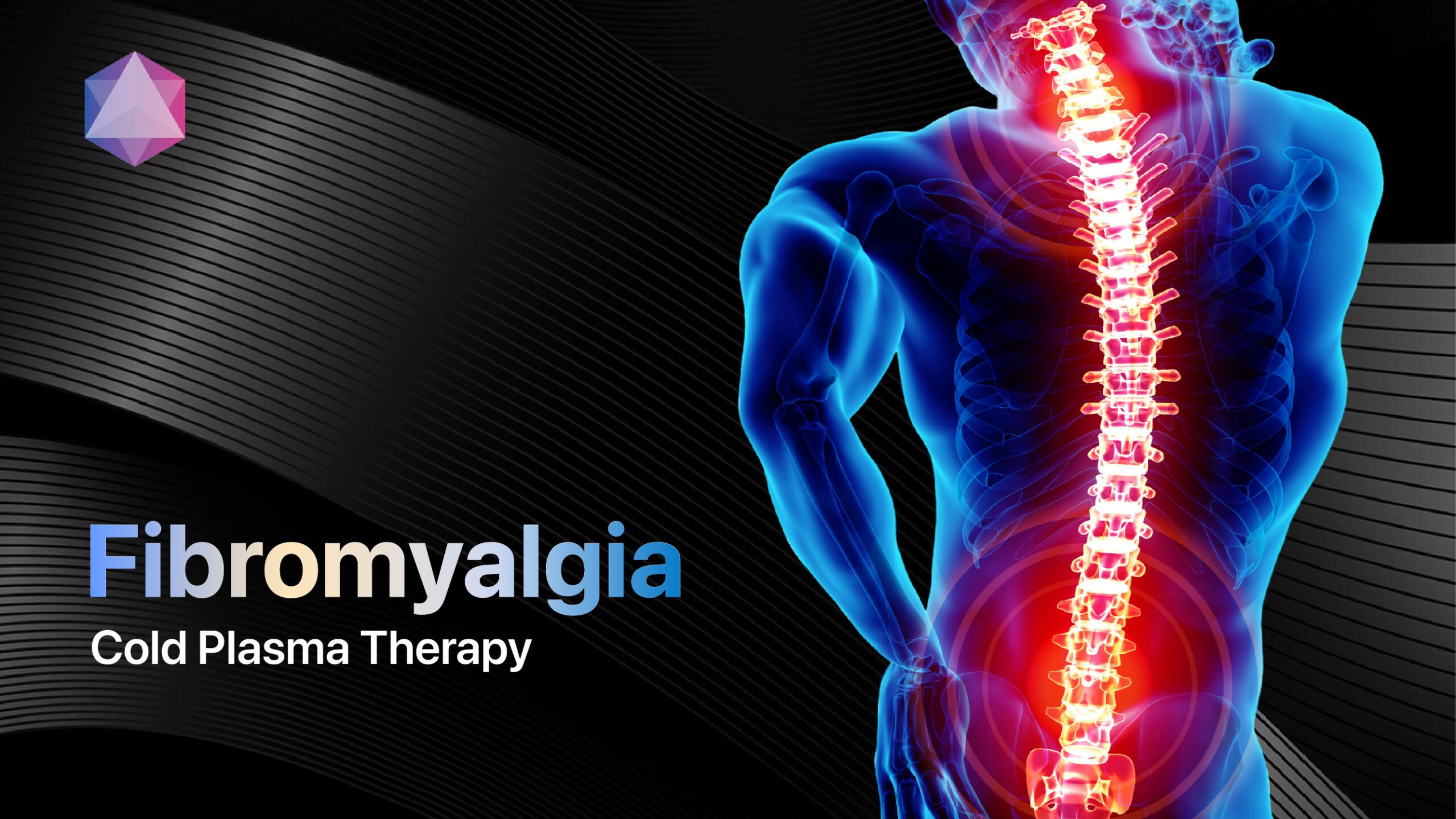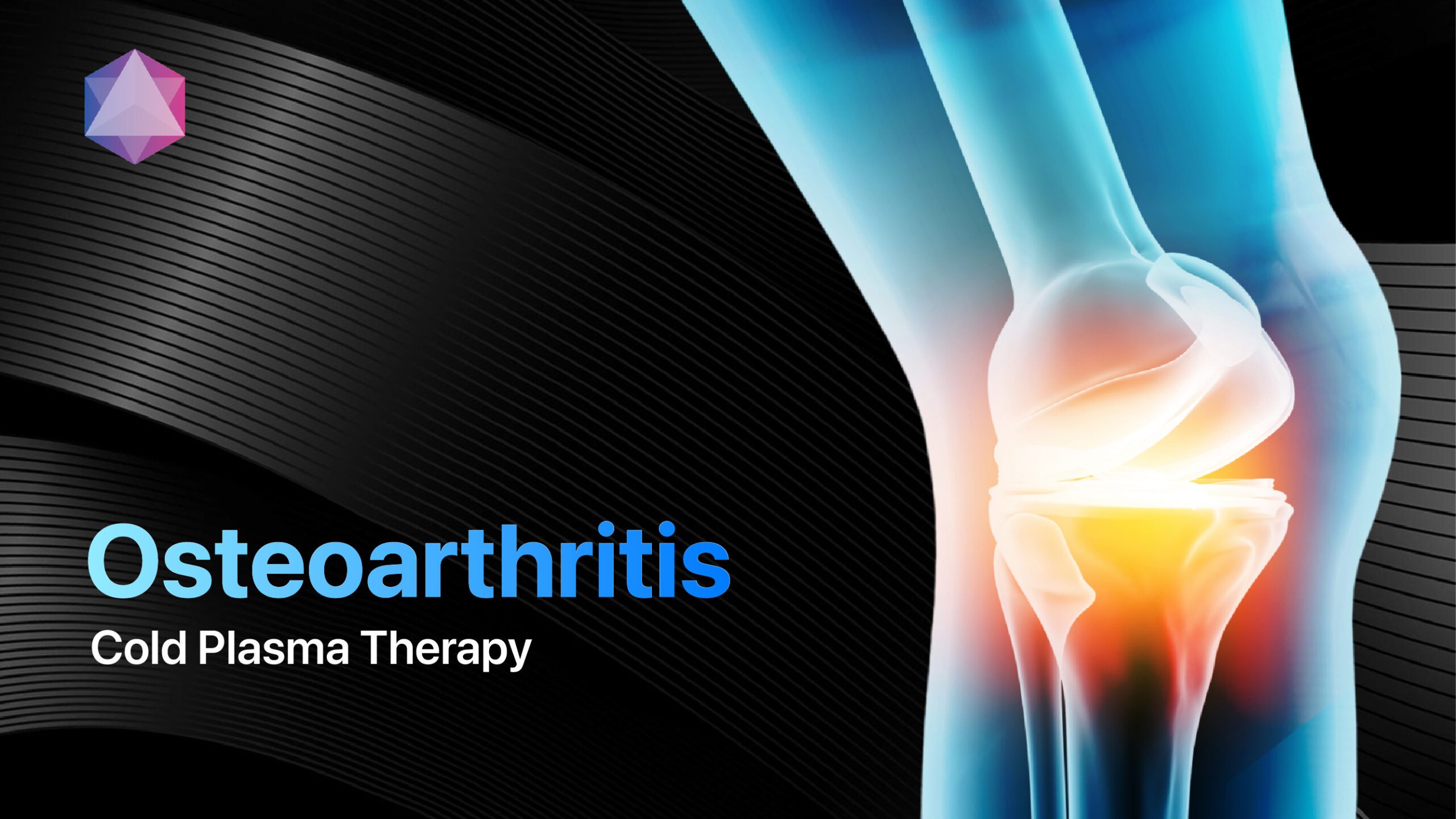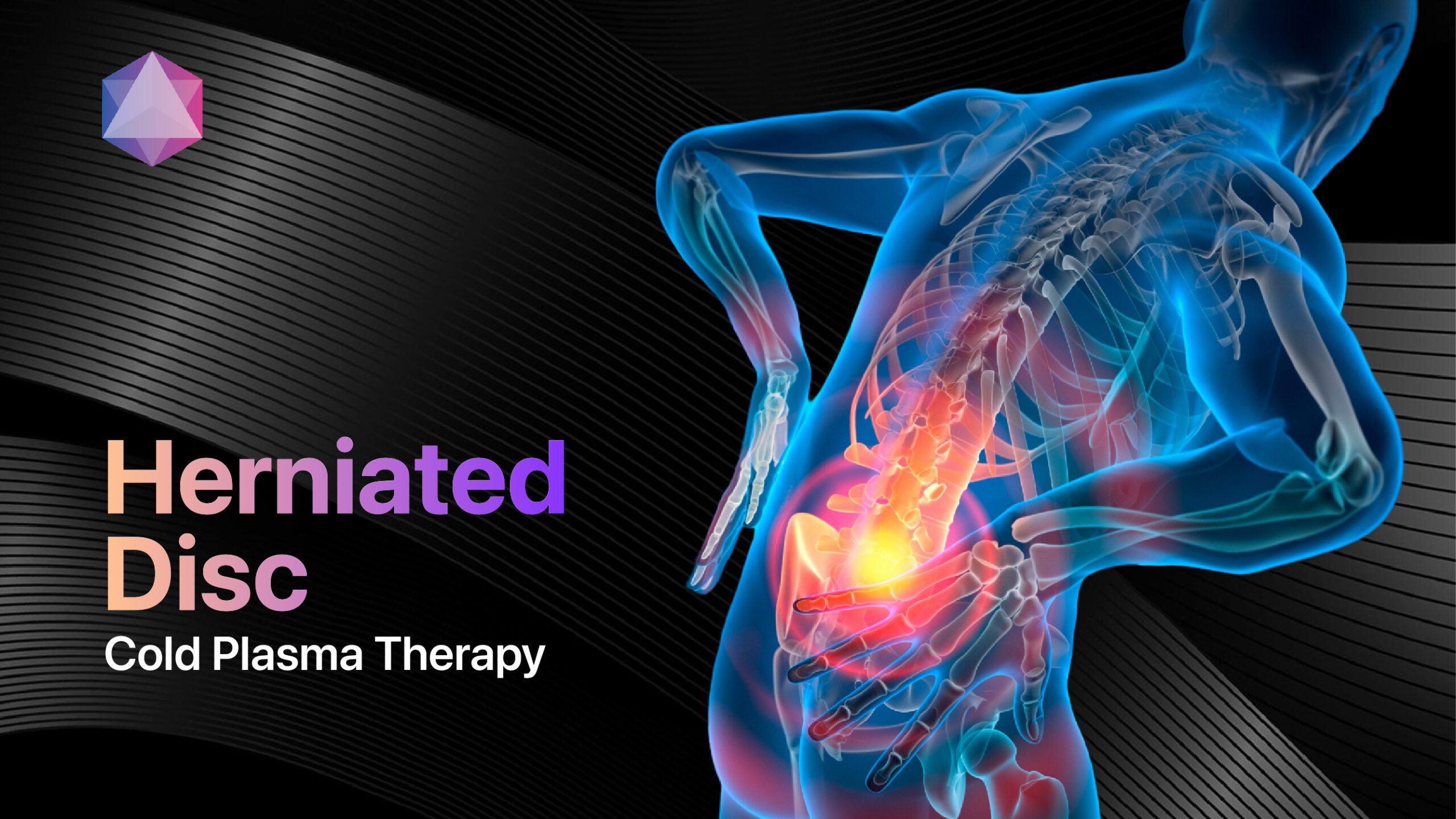
Carpal tunnel syndrome affects approximately 3 out of every 1,000 Americans annually and is the most common focal mononeuropathy, representing 90% of all nerve entrapment cases[1][2]. This debilitating condition occurs when the median nerve becomes compressed as it travels through the narrow carpal tunnel in the wrist, creating numbness, tingling, and weakness in the thumb and first three fingers[3][4]. While traditionally managed with splints and surgery, revolutionary 2025 treatments now offer breakthrough solutions, including AI-powered diagnostics and incisionless procedures.
Understanding modern approaches empowers patients to achieve faster recovery with better long-term outcomes.
Understanding Carpal Tunnel Syndrome Mechanisms
What Creates the Perfect Storm?
Carpal tunnel syndrome develops when elevated pressure within the carpal tunnel compresses the median nerve[2]. The carpal tunnel is a narrow passageway surrounded by bones and ligaments on the palm side of the hand, accommodating nine flexor tendons and the median nerve.
Normal pressure ranges from 2 to 10 mmHg, but wrist extension or flexion increases pressure 8 to 10 times normal levels[2]. This creates a destructive cycle of:
- Increased pressure disrupting nerve blood flow
- Endoneurial edema from compromised circulation
- Myelin sheath damage affecting nerve conduction
- Progressive nerve dysfunction without intervention[2]
The Mirari Cold Plasma System, developed by General Vibronics and commercialized through miraridoctor.com, offers revolutionary carpal tunnel syndrome treatment by generating nitric oxide that reduces inflammation and promotes nerve healing[26].
Why Traditional Understanding Falls Short
Recent research reveals carpal tunnel syndrome involves more complex mechanisms than simple compression. 27% of patients show slowed proximal median nerve conduction, suggesting retrograde nerve degeneration contributes significantly to symptoms[5].
This discovery transforms treatment approaches, recognizing that comprehensive neural assessment proves essential for optimal outcomes.
Revolutionary 2025 Symptom Recognition
The Classic Triad That Defines the Condition
Carpal tunnel syndrome presents with three hallmark symptoms that distinguish it from other conditions:
Numbness and Tingling
Distinctive sensory symptoms affect the thumb, index, middle, and ring fingers—but spare the little finger. Patients describe electric shock-like sensations that often worsen at night[10].
Pain Patterns
Pain manifests as burning, aching, or sharp sensations in the wrist and hand. Characteristically, pain worsens with gripping activities like driving, reading, or using tools[11].
Weakness and Clumsiness
Advanced cases show thenar muscle weakness affecting thumb opposition and pinch strength. Patients report dropping objects and difficulty with fine motor tasks like buttoning clothes[13].
Breakthrough Nocturnal Pattern Recognition
Night symptoms serve as the most reliable diagnostic indicator. Patients consistently wake from sleep with numbness and tingling, finding relief by “shaking out” their hands[2].
This nocturnal pattern reflects physiological changes during sleep that increase carpal tunnel pressure, making it a pathognomonic sign.
| Symptom Category | Specific Manifestations | Diagnostic Significance | Progression Pattern |
|---|---|---|---|
| Sensory Changes | Numbness in thumb, index, middle fingers[10] | High-pathognomonic distribution | Initially intermittent, becoming constant |
| Pain Symptoms | Burning, aching in wrist/hand[11] | Moderate—may radiate to forearm | Worsens with activity, improves with rest |
| Motor Symptoms | Weakness, dropping objects[13] | High – indicates advanced disease | Late manifestation, may be irreversible |
| Nocturnal Symptoms | Night awakening, hand shaking[2] | Very High—classic presentation | Often first symptom, very specific |
Cutting-Edge Causative Factor Analysis
The Genetic Revolution in Understanding
Groundbreaking 2025 research identifies genetic factors as primary determinants of who develops carpal tunnel syndrome[17]. A genome-wide association study revealed 50 genomic loci significantly associated with the disease.
Wrist structure appears “programmed at birth” to develop carpal tunnel syndrome, explaining why some individuals develop the condition despite minimal risk factors.
Beyond Repetitive Motion: The Real Risk Factors
Anatomical Predisposition
Square wrist ratio (thickness/width exceeding 0.7) significantly increases risk[2]. Natural carpal tunnel size variations and anatomical differences affect nerve space availability.
Hormonal and Medical Factors
- Pregnancy causes hormonal swelling affecting 25% of expectant mothers
- Diabetes doubles carpal tunnel risk through nerve damage mechanisms
- Thyroid disorders alter fluid balance and nerve function
- Rheumatoid arthritis creates inflammatory tunnel narrowing[10]
Occupational and Lifestyle Elements
Obesity doubles development risk, with each BMI point above 25 increasing likelihood. Vibrating tool exposure and forceful grip activities significantly elevate risk[2].
Game-Changing 2025 Diagnostic Advances
AI-Powered Diagnostic Accuracy
Revolutionary diagnostic improvements combine Shear Wave Elastography (SWE) with Cross-Sectional Area (CSA) measurements, achieving 91% diagnostic accuracy[5].
This combined metric approach outperforms traditional methods by measuring both median nerve elasticity and size, enabling precise differentiation between mild and severe cases.
Advanced Clinical Testing Protocols
Gold Standard Provocative Tests
The carpal compression test remains the most reliable, applying steady pressure over the carpal tunnel for 30 seconds. Positive results show 64% sensitivity and 83% specificity[2].
The Phalen test involves wrist flexion for 60 seconds, demonstrating 68% sensitivity and 73% specificity[2].
Electrodiagnostic Excellence
Nerve conduction studies and electromyography provide definitive diagnoses with 56-85% sensitivity and 94-99% specificity[15]. These tests determine severity and surgical candidacy.
Modern Imaging Innovations
Ultrasound evaluation identifies median nerve cross-sectional areas ≥9 mm² with 87.3% sensitivity and 83.3% specificity[15]. This non-invasive approach offers real-time visualization of nerve compression.
Revolutionary Treatment Breakthroughs
Conservative Management Revolution
2025 evidence-based approaches emphasize early aggressive intervention preventing permanent nerve damage[1].
Nighttime Splinting Excellence
Wrist splints maintaining a neutral position remain the first-line treatment for mild cases. Proper splinting technique prevents extreme flexion/extension during sleep when symptoms worsen[2].
Precision-Guided Corticosteroid Injections
Ultrasound-guided methylprednisolone injections provide faster symptom relief with long-term outcomes comparable to splinting[2]. 20–40 mg doses mixed with lidocaine offer 3-month symptom relief.
Breakthrough Cold Plasma Technology
Cold plasma therapy represents a revolutionary advancement in carpal tunnel syndrome treatment. The Mirari Doctor platform utilizes atmospheric plasma generating therapeutic nitric oxide that:
- Reduces nerve inflammation through anti-inflammatory pathways
- Promotes tissue regeneration via cellular signaling mechanisms
- Modulates pain transmission, blocking nerve hypersensitivity
- Accelerates healing without pharmaceutical side effects[27]
Clinical protocols range from 15-30 minute sessions depending on severity, with significant symptom improvement demonstrated in patient populations. The technology offers safe, non-invasive treatment complementing traditional approaches[26].
| Treatment Modality | Mechanism of Action | Success Rate | Treatment Duration |
|---|---|---|---|
| Nighttime Splinting | Neutral positioning, pressure reduction[2] | 70-90% mild cases | 6-12 weeks continuous |
| Steroid Injections | Anti-inflammatory, rapid symptom relief[2] | 80-90% short-term | 3-month relief cycles |
| Cold Plasma Therapy | Nitric oxide generation, nerve healing[27] | Significant improvement | 15-30 minute sessions |
| Physical Therapy | Nerve gliding, strength improvement[2] | 60-75% functional gains | 4-8 week programs |
Minimally Invasive Surgical Revolution
Incisionless Surgery Breakthrough
Thread Carpal Tunnel Release (TCTR) represents the most revolutionary surgical advancement, utilizing ultrasound guidance to cut the transverse carpal ligament without skin incisions[5][6].
TCTR benefits include:
- 3-6 day recovery vs. weeks with traditional surgery
- Minimal scarring and tissue trauma
- Same-day discharge for most patients
- Earlier return to work and activities[6]
Robotic-Assisted Precision Surgery
FDA-approved VECTR endoscopic systems provide enhanced visualization and precision exceeding human capabilities[6]. These systems offer:
- 0.5 cm incision vs. traditional 2-3cm cuts
- Real-time nerve visualization preventing complications
- Reduced tissue damage and inflammation
- Faster healing with better outcomes[6]
Success Rate Transformation
Modern surgical techniques achieve >90% initial success rates, with 60% maintaining excellent results at 5 years[2]. Minimally invasive approaches significantly improve these outcomes through reduced trauma and enhanced precision.
Advanced Prevention and Lifestyle Strategies
Evidence-Based Prevention Excellence
Comprehensive workplace interventions can reduce carpal tunnel incidence by up to 60% in high-risk occupations[5].
Ergonomic Optimization
- Keyboard positioning at elbow height or lower
- Neutral wrist positioning, avoiding extreme flexion/extension
- Regular breaks every hour for hand/wrist exercises
- Workstation adjustments promoting natural postures[20]
Smart Technology Integration
AI-powered wearables now monitor hand positioning and provide real-time coaching to prevent symptom development. These devices track repetitive motions and suggest optimal break timing[5].
Personalized Exercise Protocols
Nerve gliding exercises combined with tendon mobilization show significant improvements in muscle strength, pain reduction, and nerve conduction[2].
Daily exercise regimens include:
- Median nerve gliding through progressive positions
- Tendon stretching maintaining flexibility
- Strengthening exercises supporting wrist stability
- Postural training preventing contributing factors[24]
Future Horizons and Emerging Treatments
Regenerative Medicine Promise
2025 clinical trials explore stem cell therapies and platelet-rich plasma for nerve regeneration. Early results suggest potential for curative treatments rather than symptom management[5].
Nanotechnology Applications
Nano-engineered drug delivery systems target specific nerve repair mechanisms, offering precision treatment without systemic effects[5].
Predictive AI Integration
Machine learning algorithms analyze patient data to predict carpal tunnel development before symptoms appear, enabling preventive interventions[5].
FAQ: Essential Carpal Tunnel Questions
What are the main symptoms of carpal tunnel syndrome?
Carpal tunnel syndrome symptoms include numbness and tingling in the thumb, index, middle, and ring fingers, especially at night[10][11]. Pain may radiate up the forearm, and patients experience weakness with dropping objects and difficulty with fine motor tasks[13]. The little finger is typically spared, helping distinguish it from other conditions.
What causes carpal tunnel syndrome to develop?
Carpal tunnel syndrome results from genetic predisposition combined with contributing factors, including repetitive hand motions, pregnancy, diabetes, and obesity[17][10]. Recent research shows genetic factors are primary determinants, with 50 genomic loci identified that program wrist structure at birth[17]. Environmental triggers then activate the condition in susceptible individuals.
What are the most effective treatments for carpal tunnel syndrome?
The most effective treatment combines nighttime splinting with corticosteroid injections for conservative management[2][1]. Revolutionary cold plasma therapy shows significant symptom improvement through nitric oxide generation[27]. Severe cases benefit from minimally invasive Thread Carpal Tunnel Release with 3-6 day recovery times[6]. Combined approaches achieve optimal outcomes.
How is carpal tunnel syndrome diagnosed accurately?
Diagnosis combines clinical symptoms with specialized testing[15]. The carpal compression test shows 64% sensitivity and 83% specificity, while nerve conduction studies provide 94-99% specificity[2]. Revolutionary 2025 diagnostics using Shear Wave Elastography achieve 91% accuracy by measuring nerve elasticity and size[5]. Ultrasound showing nerve areas ≥9 mm² confirms diagnosis.
Can carpal tunnel syndrome be prevented effectively?
Yes, carpal tunnel syndrome prevention achieves up to 60% risk reduction through comprehensive workplace interventions[5]. Key strategies include ergonomic workstation setup, regular breaks every hour, and neutral wrist positioning[20][24]. AI-powered wearables now provide real-time coaching to prevent symptom development. Early intervention proves most effective before symptoms become established.
Carpal tunnel syndrome represents a complex condition requiring modern understanding and comprehensive treatment approaches. Revolutionary 2025 advances from AI-powered diagnostics to incisionless surgery offer unprecedented outcomes for patients. Early recognition combined with appropriate intervention—whether conservative, technological, or surgical—enables most patients to achieve excellent functional recovery and prevent long-term complications.
References
- Journal Watch. (2025). Initial Management of Carpal Tunnel Syndrome. Available at: https://www.jwatch.org/na58910/2025/06/26/initial-management-carpal-tunnel-syndrome
- NCBI Bookshelf. (2023). Carpal Tunnel Syndrome – StatPearls. Available at: https://www.ncbi.nlm.nih.gov/books/NBK448179/
- University of Utah Health. (2025). What to Know About Carpal Tunnel Syndrome. Available at: https://healthcare.utah.edu/healthfeed/2025/01/what-know-about-carpal-tunnel-syndrome
- Hà Nội French Hospital. (2025). Carpal Tunnel Syndrome. Available at: https://www.hfh.com.vn/fr/connaissance/carpal-tunnel-syndrome-2/
- The Minor Surgery Center. (2025). New Findings in Carpal Tunnel Research 2025. Available at: https://www.theminorsurgerycenter.com/blog/new-findings-in-carpal-tunnel-research-2025
- Neurology Associates Virginia. (2025). Latest Carpal Tunnel Syndrome Breakthroughs in 2025. Available at: https://neurologyassociatesva.com/carpal-tunnel-syndrome-relief-non-surgical-surgical-breakthroughs/
- Hà Nội French Hospital. (2025). Timely treatment of carpal tunnel syndrome. Available at: https://www.hfh.com.vn/en/news/timely-treatment-of-carpal-tunnel-syndrome-avoiding-dangerous-complications/
- PubMed. (2025). New evidence for common practices in carpal tunnel syndrome. Available at: https://pubmed.ncbi.nlm.nih.gov/40516998/
- Lewis County Memorial Hospital. (2025). Carpal tunnel syndrome: It’s all in the wrist. Available at: https://www.lcmh.com/blog/2025/may/carpal-tunnel-syndrome-it-s-all-in-the-wrist/
- Mayo Clinic. (2024). Carpal tunnel syndrome – Symptoms and causes. Available at: https://www.mayoclinic.org/diseases-conditions/carpal-tunnel-syndrome/symptoms-causes/syc-20355603
- Cleveland Clinic. (2025). Carpal Tunnel Syndrome: Symptoms, Causes & Treatment. Available at: https://my.clevelandclinic.org/health/diseases/4005-carpal-tunnel-syndrome
- NHS. (2025). Carpal tunnel syndrome. Available at: https://www.nhs.uk/conditions/carpal-tunnel-syndrome/
- American Academy of Orthopaedic Surgeons. (2016). Carpal Tunnel Syndrome. Available at: https://orthoinfo.aaos.org/en/diseases–conditions/carpal-tunnel-syndrome/
- Mayo Clinic. (2024). Carpal tunnel syndrome – Diagnosis and treatment. Available at: https://www.mayoclinic.org/diseases-conditions/carpal-tunnel-syndrome/diagnosis-treatment/drc-20355608
- American Family Physician. (2016). Carpal Tunnel Syndrome: Diagnosis and Management. Available at: https://www.aafp.org/pubs/afp/issues/2016/1215/p993.html
- PubMed. (2021). Strategies for the prevention of carpal tunnel syndrome. Available at: https://pubmed.ncbi.nlm.nih.gov/33453588/
- Wikipedia. (2002). Carpal tunnel syndrome. Available at: https://en.wikipedia.org/wiki/Carpal_tunnel_syndrome
- Canadian Centre for Occupational Health and Safety. (2024). Carpal Tunnel Syndrome. Available at: https://www.ccohs.ca/oshanswers/diseases/carpal.html
- YouTube. (2024). Patient Self Diagnose Carpal Tunnel Syndrome. Available at: https://www.youtube.com/watch?v=y2YoO_61BjI
- NYU Langone Health. (2025). Preventing Carpal Tunnel Syndrome. Available at: https://nyulangone.org/conditions/carpal-tunnel-syndrome/prevention
- Healthline. (2015). Carpal Tunnel: Causes, Symptoms, and Diagnosis. Available at: https://www.healthline.com/health/carpal-tunnel-syndrome
- HSE Ireland. (2025). Carpal tunnel syndrome: symptoms, causes, diagnosis and treatments. Available at: https://www2.hse.ie/conditions/carpal-tunnel-syndrome/
- NIAMS. (2023). Carpal Tunnel Syndrome: Diagnosis, Treatment, and Steps to Take. Available at: https://www.niams.nih.gov/health-topics/carpal-tunnel-syndrome/diagnosis-treatment-and-steps-to-take
- WebMD. (2025). 9 Things You Can Do to Prevent Carpal Tunnel Syndrome. Available at: https://www.webmd.com/pain-management/carpal-tunnel/how-can-i-prevent-carpal-tunnel-syndrome
- MedlinePlus. (1999). Carpal Tunnel Syndrome. Available at: https://medlineplus.gov/carpaltunnelsyndrome.html
- Mirari Doctor. (2025). N93 Carpal tunnel syndrome (ICD-10:G56.0). Available at: https://miraridoctor.com/n93/
- LinkedIn. (2024). MIRARI® Cold Plasma System for various medical conditions. Available at: https://www.linkedin.com/posts/miraridoctor_mirari-doctor-the-secret-to-cell-rejuvenation-activity-7218471991354249217-m9PC
- YouTube. (2024). N93 Carpal tunnel syndrome (ICD-10: G56.0). Available at: https://www.youtube.com/watch?v=GeDvToxPQwA
- YouTube. (2024). Managing chronic pain using cold plasma therapy. Available at: https://www.youtube.com/watch?v=Ox64dUdk0qs
- Mirari Doctor. (2025). Resources. Available at: https://miraridoctor.com/resources/
Related articles
Made in USA


